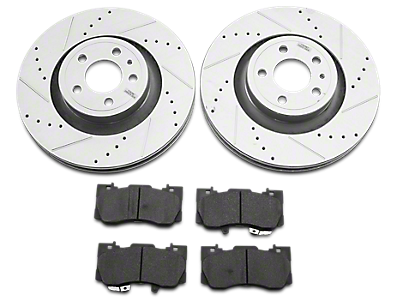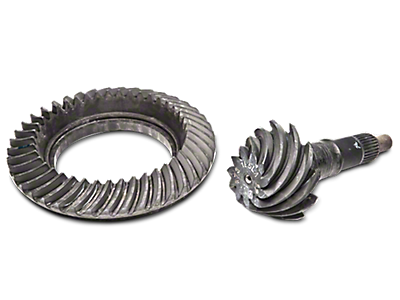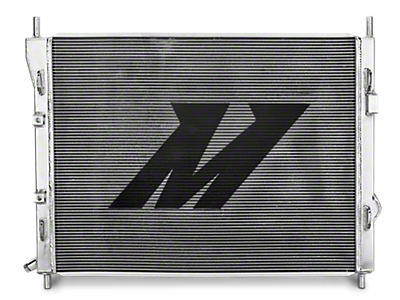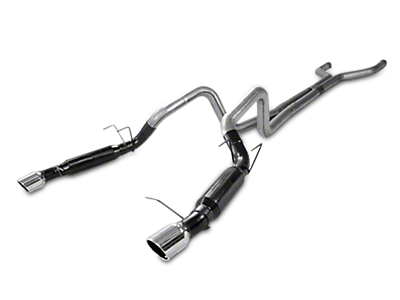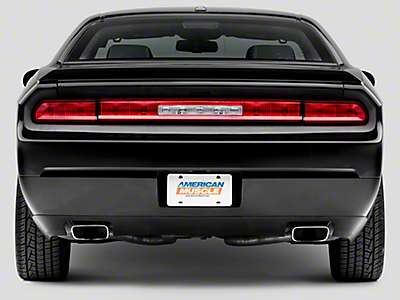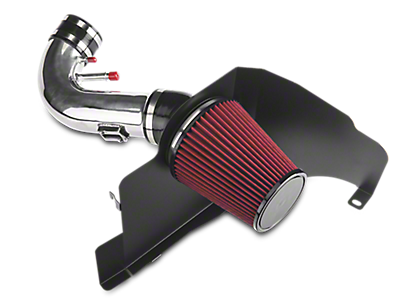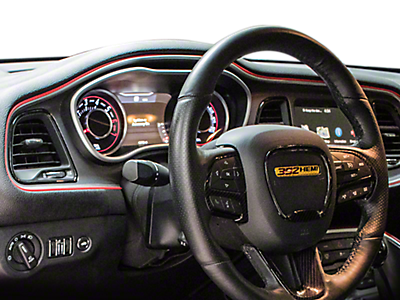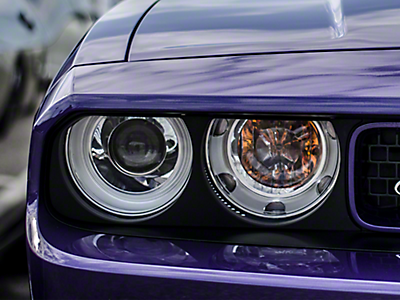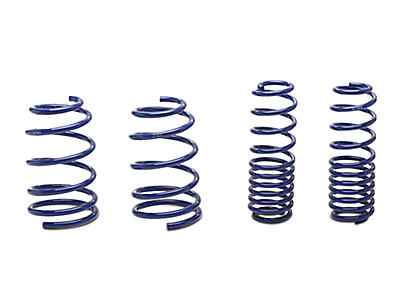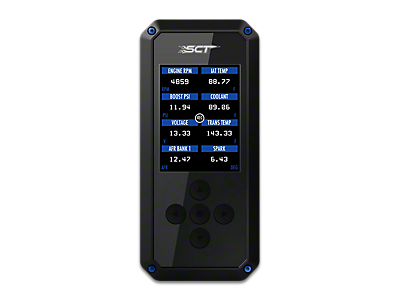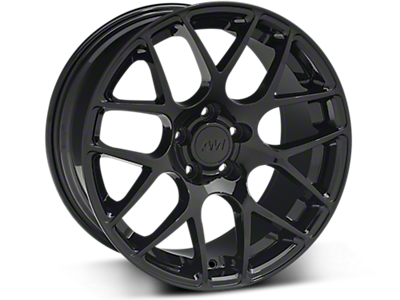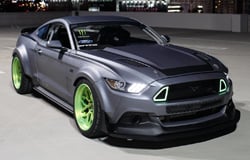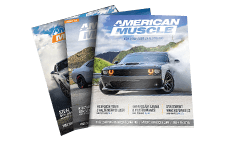2012 Dodge Challenger
With their 2012 Challenger, Dodge released a muscle car that can also handle a roadtrip pretty comfortably. This five-seater coupe comes in three trim levels, each with different engine options. The base model features a V6 engine & 5-speed automatic transmission capable of 305HP and 268 lb-ft of torque. The R/T and SRT8 models come with a more powerful Hemi V8 engine and either a six-speed manual or five-speed automatic transmission. The R/T’s 5.7L is capable of 376HP and 410lb-ft of torque, while the SRT’s 6.4L V8 reaches 480H and 470 ft-torque, and goes from 0-60 in 4.5 seconds. With its distinctive exterior, the 2012 Dodge Challenger looks and moves like a muscle car.
Better than Stock Braking Power
A high performance car needs high performance brakes. And with the 2012 Challenger due to be celebrating its 10th birthday combined with the fact that the average lifespan for a brake pad is between 30-70,000 miles, upgrading your brake pads - if not done already - may well keep it going for the next 10 years. Depending on how you use your Challenger, there are corresponding brake pad options. Ceramic pads will ensure solid durability and excellent stopping power. They are the quietest option and with low dust. They don’t dissipate heat as well as other options, so are usually best for daily driving. Semi-metallic pads are much better suited to higher operating temps and are designed to draw heat away from the rotor without. They do produce more brake dust but will stop and perform better. Metallic brake pads are designed for heavy duty applications. While these pads will produce dust and may make noise, they offer unparalleled longevity. Finally, for all out performance, a composite pad is the king of the crop. Composite pads can feature many different materials, such as kevlar, fiberglass, synethic fibers and even some metallic components. These high end pads provide a superior blend that is intended for high-heat, heavy-racing applications. While really great on the track, they are not ideal for street use.
Improved Handling
The 2012 Challenger is a solid beast of a muscle car, and often one of the side effects of greater size is poorer handling. New shocks and springs are usually the go-to option for sharpening your ride, there are a couple others to consider as well. Strut bars (or strut tower braces) for example can help to flatten out the ride. A simple tubular or flat metal bar, a strut bar connects to the top of the strut tower and works to prevent body roll. The front tires will then maintain a direct contact with the ground, providing sharper handling, a faster steering response and a sportier feel. Sway barsare another upgrade that work to prevent body roll, or how the vehicle leans when turning into a corner. Also commonly referred to as a stabilizer bar, anti-sway bar, or anti-roll bars, they form a connection between each side of the Challenger’s front suspension arms and work by shifting the force of turning to the other side of the body. Though one designated for the top of the shock tower and the other at the bottom, strut and sway bars offer the same functionality: stiffen the ride quality and eliminate body roll and suspension flex. Sway bars are generally more expensive than a tower strut brace, but they are the more effective of the two devices. If you had to pick just one for your 2012 Challenger, an oversized swaybar kit is the way to go.

